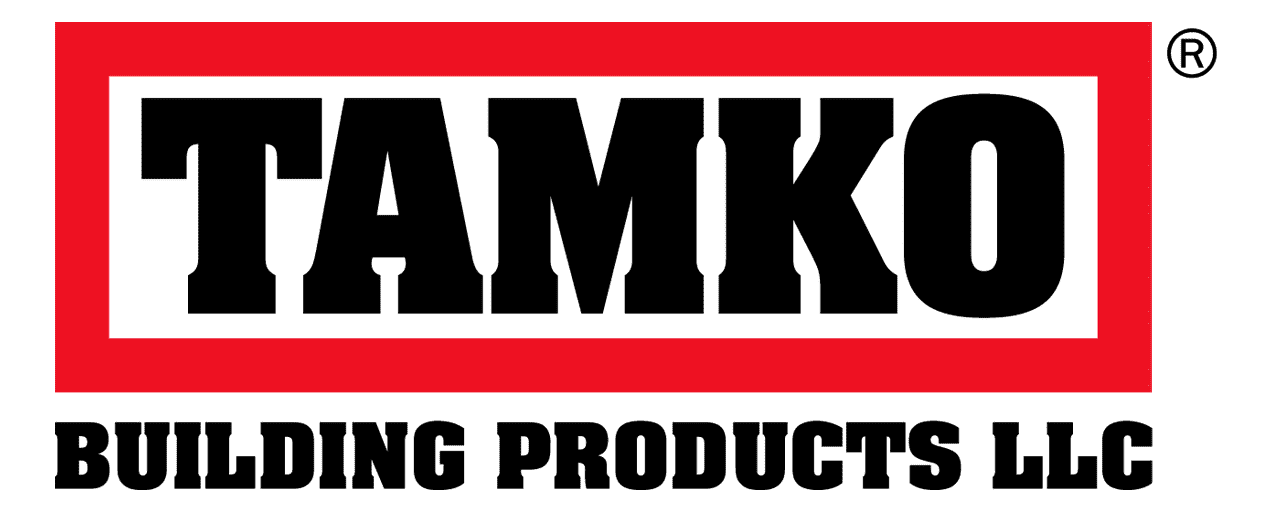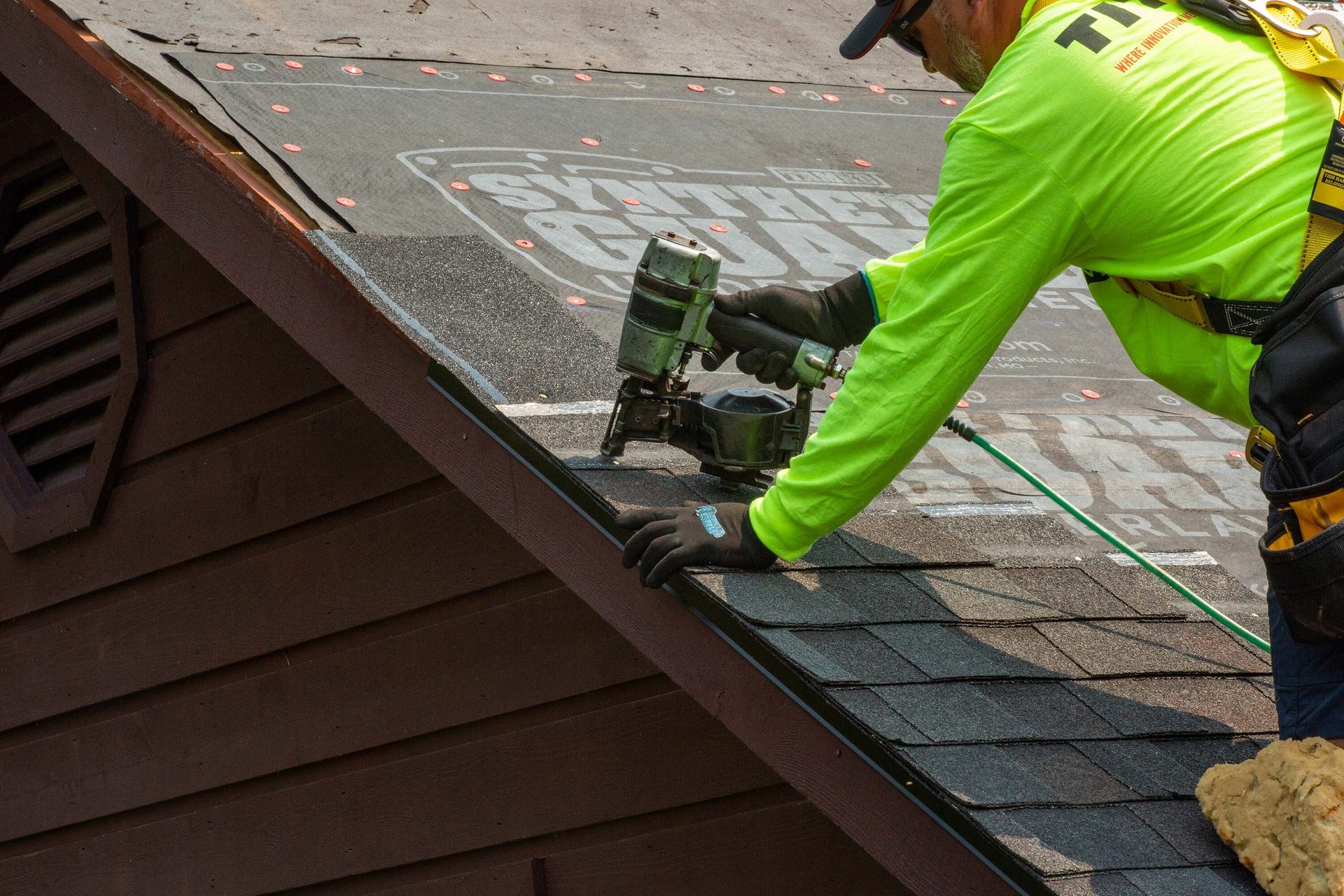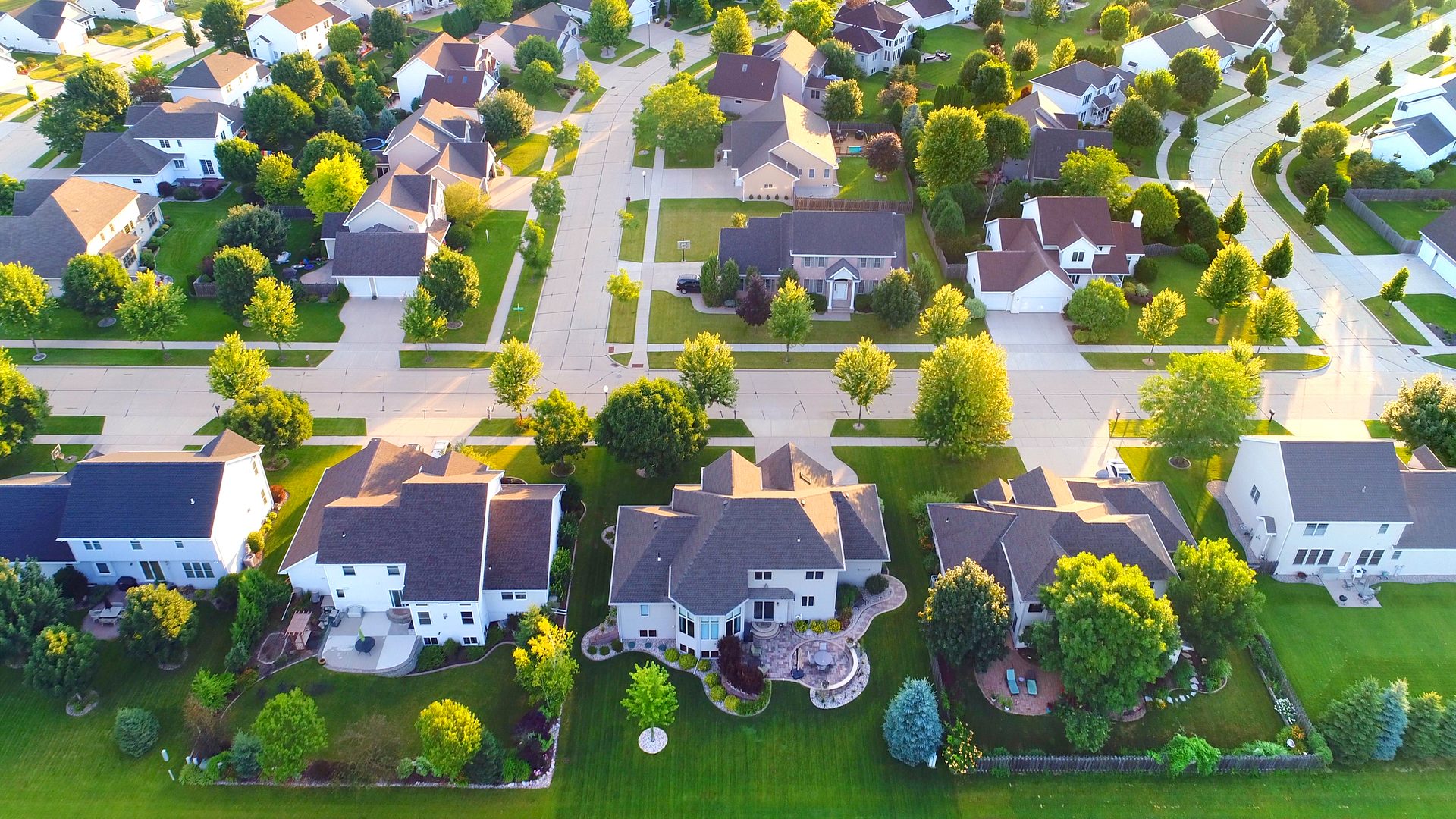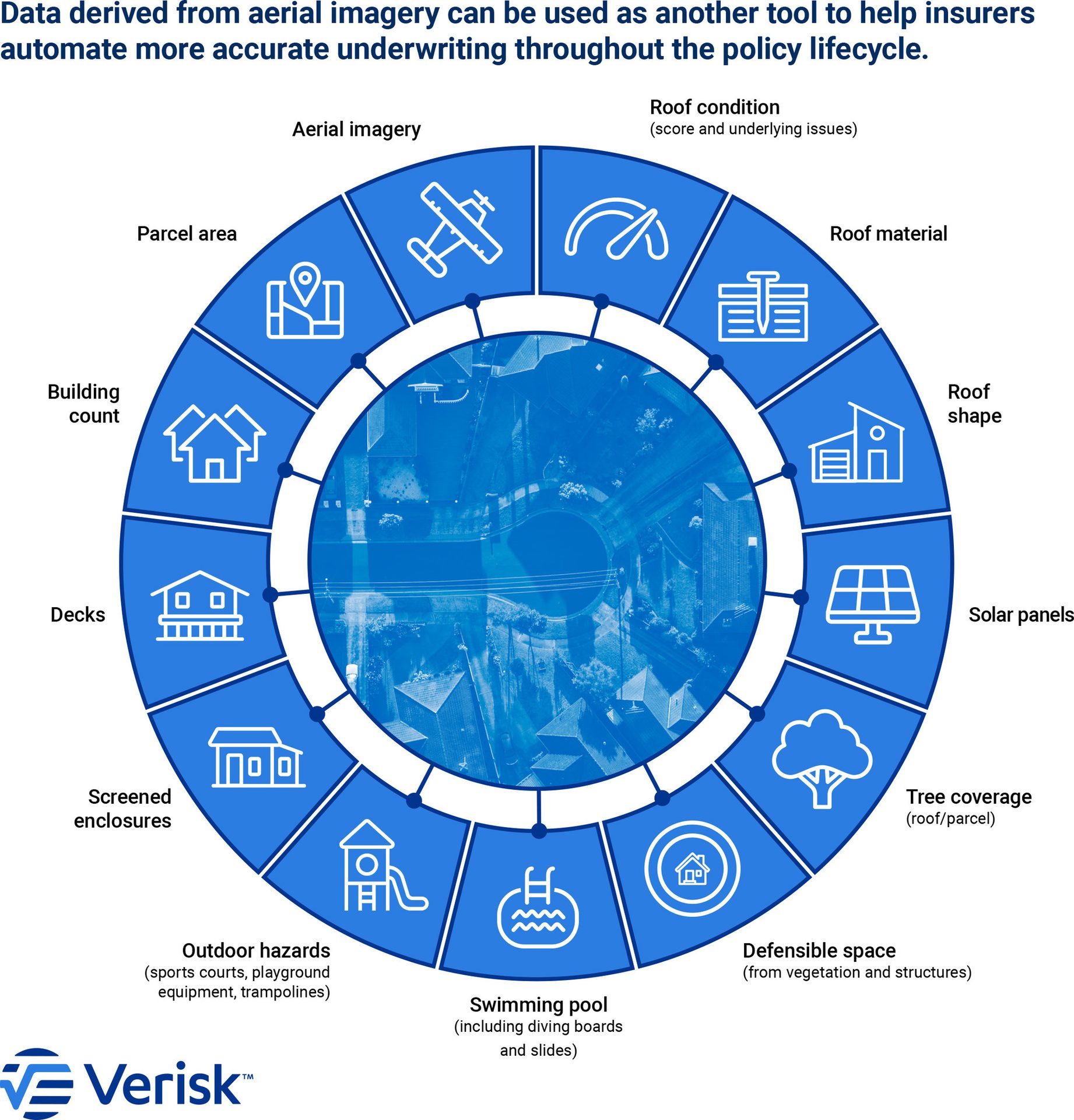SPONSORED BY


SPONSORED BY ROOFLE TECHNOLOGIES and OWENS CORNING
PERFECT STORM
a
Insurers Further Tighten Grip Amid Surging Roof Losses
Image courtesy of Service Legends
Roofing contractors across the country are experiencing increasing pressures due to severe weather, escalating material costs, and tighter insurance requirements, which are causing claim costs to reach record levels.
Claims hit $31 billion as weather, materials and labor squeeze contractors
by Bryan Gottlieb
Roofing contractors nationwide are confronting an unprecedented spike in claim costs that threatens profit margins, bonding capacity and insurer relationships.
In 2024, total U.S. roof repair and replacement costs soared to nearly $ 31 billion — an almost 30% jump since 2022 — according to a report released in April from Verisk, a data analytics and risk assessment firm.
Titled “U.S. Roofing Realities,” the report’s findings mean roof line items now account for over a quarter of all residential claim value, with non‑catastrophic wind and hail losses climbing from 17% to 25% of residential claims since 2022.
Meteorologists and insurers point to a barrage of severe‑weather events as the trigger. The National Oceanic and Atmospheric Administration recorded 5,373 hail events in 2024 — only slightly below the record 6,962 of 2023 — and identified Texas, Kansas and Missouri as hail hot spots, according to the Insurance Information Institute and analysis by State Farm.
Meanwhile, billion‑dollar wind‑and‑hail disasters numbered 17 last year, part of a broader trend of more frequent convective storms that cost insurers $29 billion in 2022, the trade publication Claims Journal reported.
“The storms just keep coming, and they’re getting nastier,” said Jonathan Porter, chief meteorologist at AccuWeather, referring to the destruction left by Hurricane Helene and other 2024 events.
In recent years, significant hail activity, inflation, exposure growth through new construction, and human migratory patterns have all contributed to the increase in total roof losses and claim amounts, explained Ryan D’Amario, vice president of property product management at Verisk.
He described the data as a validation of firsthand feedback Verisk receives from insurers.
“It might not be financially feasible to proactively replace a roof in every situation, but the age of the roof is highly correlated with loss,” D’Amario said. “Especially when you look at asphalt shingle materials."
Supply Chains, Labor Shortages and Tariffs Exacerbate the Problem
Asphalt shingles, which cover 80% of U.S. roofs, jumped in price by roughly 20% over two years — four times the normal pace — due to factory bottlenecks, higher oil inputs and new tariffs on steel and aluminum, according to analysis by L&S Insurance.
“In many situations, we find areas of the country — states like Missouri [and] Kansas — where roofs don’t last eight years,” D’Amario said. “Be it through continued wear and tear or exposure to significant weather activity.”
Material cost increases have only compounded the pain. Industry analysts predict that tariffs threaten to add 25 % to the cost of metal roofing, flashings and gutters.
Thomas Hasler, CEO of Sika, said optimism among contractors “changed following tariff announcements,” with some projects deferred amid material‑price uncertainty.
At the same time, a chronic shortage of skilled roofers has driven labor costs to record highs. An Associated General Contractors of America survey issued last year to its members determined that 77% of respondents had difficulty filling salaried or hourly craftworker positions.
Yet, according to reporting by Construction Dive, nearly the same figure, 69%, said they still planned to increase staffing to meet demand despite the challenges faced in finding warm bodies to handle the workload.
Twenty percent of respondents said hiring will become even more challenging in 2025 as the Trump administration squeezes the immigrant labor pool. Reinforcing the challenge, a National Roofing Contractors Association survey last year noted that over three-quarters of its members struggled to fill craftworker positions.
Despite such headwinds dampening hiring, the Bureau of Labor Statistics projects roofing employment will grow 6% from 2023 to 2033. While faster than average, that above-average rate will only yield about 13,600 hires annually, many of whom will replace retirees rather than expand capacity.
“The winds in the labor market are shifting,” said Bernard Baumohl, chief global economist at the Economic Outlook Group, noting continued upward pressure on wages and tight crews.

XX
Titan XT® shingles
Titan XT® shingles are engineered for strength and designed for longevity — exactly what contractors need when their workmanship is on the line. Here’s what sets Titan XT® shingles apart:
- GRANULES HOLD FIRM: Advanced asphalt formulas and premium materials help deliver superior granule adhesion — helping ensure long-term performance even in the harshest climates.
- SEALANT GRIPS STRONG: The next-generation sealant is engineered for powerful adhesion, holding tight through freeze-thaw cycles and blistering summer heat.
- LAMINATE MAINTAINS INTEGRITY: The laminate design is optimized to perform on steep pitches and during high-heat exposure, locking the system together against seasonal strain.
- REINFORCEMENT SECURES THE SYSTEM: The innovative AnchorLock™ layer adds structural rigidity and helps keep shingles firmly in place, even under severe wind loads.
HOMEOWNER TRENDS ROOFERS NEED TO KNOW
What:
A must-attend for all roofing contractors who are looking for:
- A better understanding of homeowner expectations for residential roofing contractors when it comes to the overall experience of purchasing a roof.
- Data-driven insight into where those expectations align with roofing contractors – and where they don’t.
- Market insight related to current and future trends in residential roofing.
- Exclusive viewpoints into current and future growth opportunities for contractors.
- Understanding what factors influence the contractor selection process.
- Ideas to improve customer communication and operational efficiency that grow profits.
When:
2 p.m., Thursday, May 23
Presenters:
- Mitch Henderson, co-CEO, BNP Media, Clear Seas Research
- Travis Harvego, CEO, Roofle Technologies. Harvego has more than 10 years of hands-on field experience in customer relationship management, sales, sales management, project management and labor relations.
- Mike Goldenstein, chief revenue officer, Roofle Technologies. With over 30 years in the roofing industry, Goldenstein is a voice contractors trust, and he excels at advocating for industry success and advancement.
- Chris Morris, CEO at Stonegate Group LLC. Morris boasts extensive expertise in roofing, digital marketing and AI-driven sales automation.

“The storms just keep coming, and they’re getting nastier.”
Insurers Take Evasive Maneuvers
Diane Delaney, executive director of the Private Risk Management Association, says carriers are tightening documentation requirements, imposing higher deductibles and demanding code‑compliant scopes of work before paying roof claims.
Fraud also looms large: the FBI estimates false or inflated roof‑claim schemes cost insurers more than $1 billion annually.
Lawmakers in states like Texas and Florida have enacted rules to curb “storm‑chaser” contractors, banning contingency‑fee contracts and mandating more apparent separation between adjusters and contractors; most recently in pending legislation under consideration by the Louisiana State House.
Florida also recently expanded homeowners’ rights to cancel roofing and adjuster agreements without penalty to curb abuses.
Age and condition also add to risk. Verisk found that in hail‑prone states, roofs last on average 15 years versus 22 years in milder western states.
Additionally, 29% of homes with asphalt shingles have fewer than four years of useful roof life, which Florida’s Insurance Commissioner brought to light in comments made earlier this year, causing widespread consternation among roofing pros.
Independent Agent Magazine cited statistics claiming roofs in moderate to poor condition incur 60% higher loss costs than those in good or excellent shape, and 38% of U.S. homes fall into that moderate‑to‑poor category.

Verisk illustrates how aerial imagery can benefit roofers when looking to expedite adjuster sign-off. Image courtesy of Verisk.
What’s a Roofer to Do?
The stakes are high for roofing contractors. Increased claim delays and supplements can strain cash flow, and disputes over scope may lead to litigation. Adding insult to injury, the insurance chattering class is discussing how carriers may tighten bonding requirements or jack up premiums for firms deemed risky.
In a recent Roofing Contractor news analysis, Karla Ferguson, principal of J&K Roofing in Golden, Colo., complained that insurers “prolong the approval process by disputing basic state and city codes,” another tactic she asserted drives up material and labor expenses on every job.
However, it is not all doom and gloom: some strategies can help contractors stay afloat.
Investing in higher‑performance products like impact‑resistant shingles, hip‑style roof designs and metal systems can reduce future loss frequency and earn policy credits through programs such as Florida’s Safe Home wind‑mitigation grants.
Using drone‑captured imagery and Verisk’s Roof Condition Score can help substantiate pre‑loss roof condition and speed adjuster sign‑off.
Contractors are also advised to deepen relationships with adjusters by offering virtual inspections, transparent cost worksheets and prompt supplement packages.
Addressing the labor crunch involves partnering with trade schools, providing apprenticeships, and promoting career-path benefits to younger workers.
The Associated Builders and Contractors warns that labor-cost inflation will only accelerate without adding approximately 439,000 net new construction workers this year.
Additionally, diversifying into niches — solar-ready roof installations, green roof systems, or FORTIFIED-certified assemblies — can create new revenue streams and protect against commodity-market fluctuations.
Art Aisner is editor-in-chief of Roofing Contractor. Reach him at 248-244-6497 or aisnera@bnpmedia.com.
Bryan Gottlieb is managing editor of Roofing Contractor. Reach him at 248-786-1591 or gottliebb@bnpmedia.com.

